In 2002, Swiss author and theater director Blubacher received a grant for a three-month residency at Villa Aurora, a 7,000-square-foot “Spanish colonial revival villa” in Pacific Palisades that was Thomas Mann’s house in the 1940s. That neighborhood, west of Beverly Hills, is now home to wealthy residents, many of them in the entertainment business. Sixty years before Blubacher’s arrival, the then-sleepy Palisades was where émigrés from Austria and Germany, including Mann, came to escape the Nazis and pursue a career in Hollywood. Blubacher’s objective during his residency and in this informative book is to investigate “the period when Pacific Palisades became ‘Weimar under the palms,’” when some of “the Weimar Republic’s most prominent cultural figures found their way here.” Among the figures presented in the book are the director Ernst Lubitsch, “who would become one of the most influential Germans in Hollywood” in the 1930s and 1940s; fellow directors Fritz Lang and Douglas Sirk; composers such as Erich Wolfgang Korngold and Hans Salter; and lesser-known figures such as Lotte Mosbacher, best known today as the “aged Holocaust survivor who recognizes the Nazi war criminal Dr. Christian Szell” in John Schlesinger’s Marathon Man. Some of the stories Blubacher shares are no less chilling for being expected, such as when Marlene Dietrich returned to Germany in 1945 to learn the fate of older sister Elisabeth and discovered that Elisabeth and her husband “had run a cinema at the Belsen barracks, where the murderers went for entertainment. Dietrich disowned her sister for the rest of her life.” But others are lighter and provide a welcome respite, as when Blubacher mentions that when Mann was taken around to many studios on his arrival in Hollywood, one of them was Disney, “where he was shown a Mickey Mouse film.”




